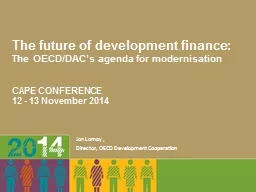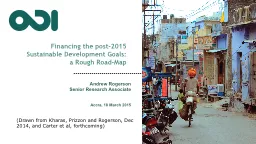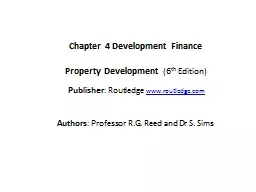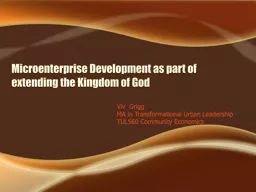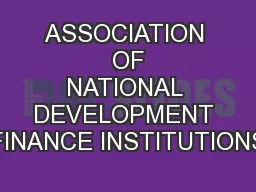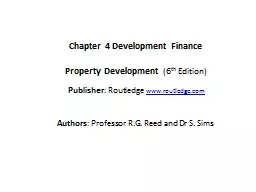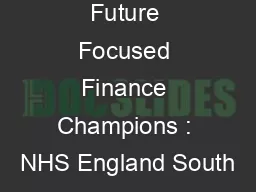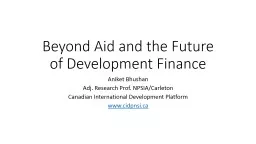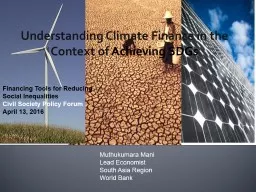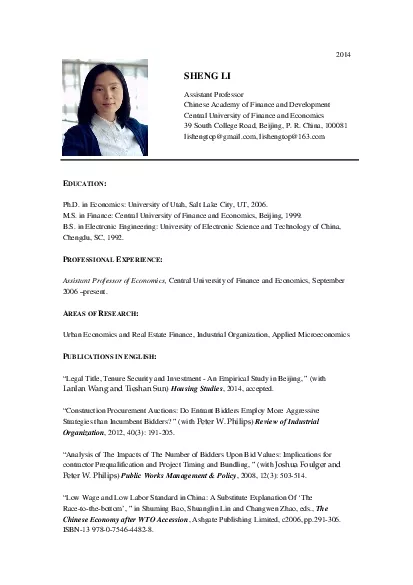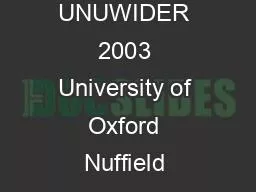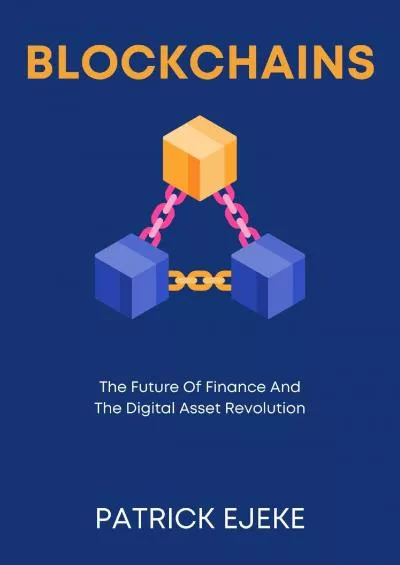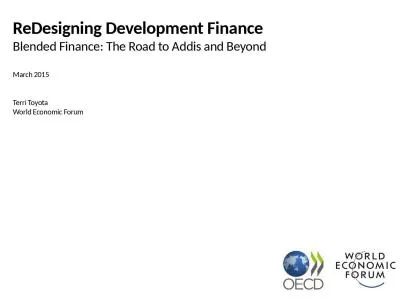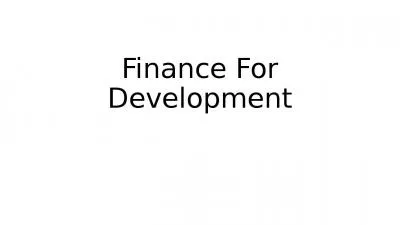PPT-1 The future of development finance:
Author : liane-varnes | Published Date : 2016-06-02
The OECDDACs agenda for modernisation CAPE CONFERENCE 12 13 November 2014 Jon Lomøy Director OECD Development Cooperation Todays development finance landscape
Presentation Embed Code
Download Presentation
Download Presentation The PPT/PDF document "1 The future of development finance:" is the property of its rightful owner. Permission is granted to download and print the materials on this website for personal, non-commercial use only, and to display it on your personal computer provided you do not modify the materials and that you retain all copyright notices contained in the materials. By downloading content from our website, you accept the terms of this agreement.
1 The future of development finance:: Transcript
Download Document
Here is the link to download the presentation.
"1 The future of development finance:"The content belongs to its owner. You may download and print it for personal use, without modification, and keep all copyright notices. By downloading, you agree to these terms.
Related Documents

